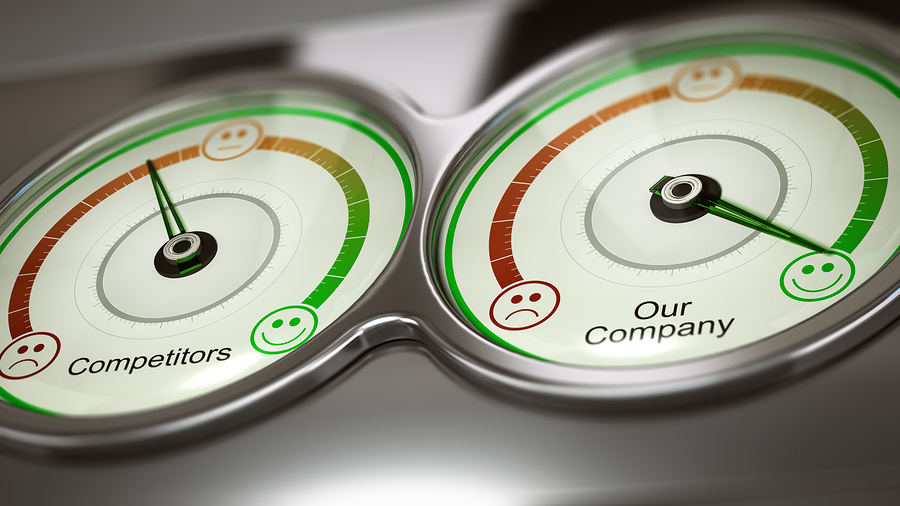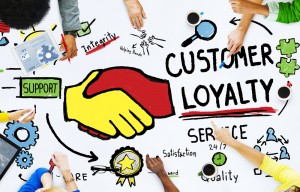Customers will contact you for service based on how it best suits them, so you need to be ready to respond in their preferred channel—or set of channels. And, you need to be ready to respond with consistency across all your service channels.
This doesn’t mean simply providing top-notch service in siloed channels—calls, online chat, email, etc.). It also means having the ability to provide that excellent customer service within those individual channels and seamlessly across them. So, if a customer begins a service interaction via chat, and then escalates to a call, those touches aren’t two discreet interactions, but instead is one interaction that bridges the two channels.
This level of service requires process and technology changes. Here are five ways to begin the move from the multichannel service most companies provide today to the omnichannel service customers prefer today and will expect tomorrow.
Be a good listener – Knowing what customers expect when it comes to customer service starts by asking them. Gather input through activities such as surveys and social listening. Also, track customers’ behaviors to surface the differences between stated and implied preferences. This combination of data will help you to determine the ideal mix of service channels for your organization. That insight will then lay the foundation for the people, process, and technology changes you may need to make to best meet customers’ service expectations in a way that makes the most business sense for your company.
Be where your customers are – Where do your customers expect to be able to contact you for service? Make sure that you’re present and available in those channels. For example, if most customers prefer to call you, have your toll-free number clearly available on your website, in your email, and in other communications channel—even on your social pages. If your customers expect service via social media, ensure you have a meaningful presence there.
Whenever possible, make service available where customers spend their time that isn’t a typical touchpoint. For instance, providing in-app service instead of forcing customers to interrupt their activity or switch channels.
Be proactive – Use alerts to inform customers of potential service disruptions, schedule changes, and the like—and be sure to do so in their channel(s) of choice. This may vary based on the urgency of the communication, and customers may want notifications via more than one channel, so be sure to provide multiple options. You can ask customers for this information during a registration or purchase process, or you can provide a preference center.
Be connected – Technologies are available to create a holistic view of customer data that allows companies to respond with greater relevance and have insight into customers’ service journeys. Consider investing in systems that allow you, for example, to know what actions a registered customer took on your website before calling the contact center, so the agent who takes the call can seamlessly handle the issue without requiring the customer to explain everything she’s done up to that point.
Be flexible – Train your service agents to handle interactions across multiple touchpoints. This allows for more leeway in scheduling and helps improves your organization’s ability to be responsive as interactions across various channels ebb and flow. It’s also an effective way to engage agents by diversifying their job and broadening their skills.
Most organizations are at the beginning of their journey toward delivering true omnichannel customer service. Businesses further down the road can use that better customer experience as a competitive advantage.
These five approaches can help pave the way for your organization to make omnichannel customer service an integral part of your successful customer experience management strategy—and give your company the winning edge.




